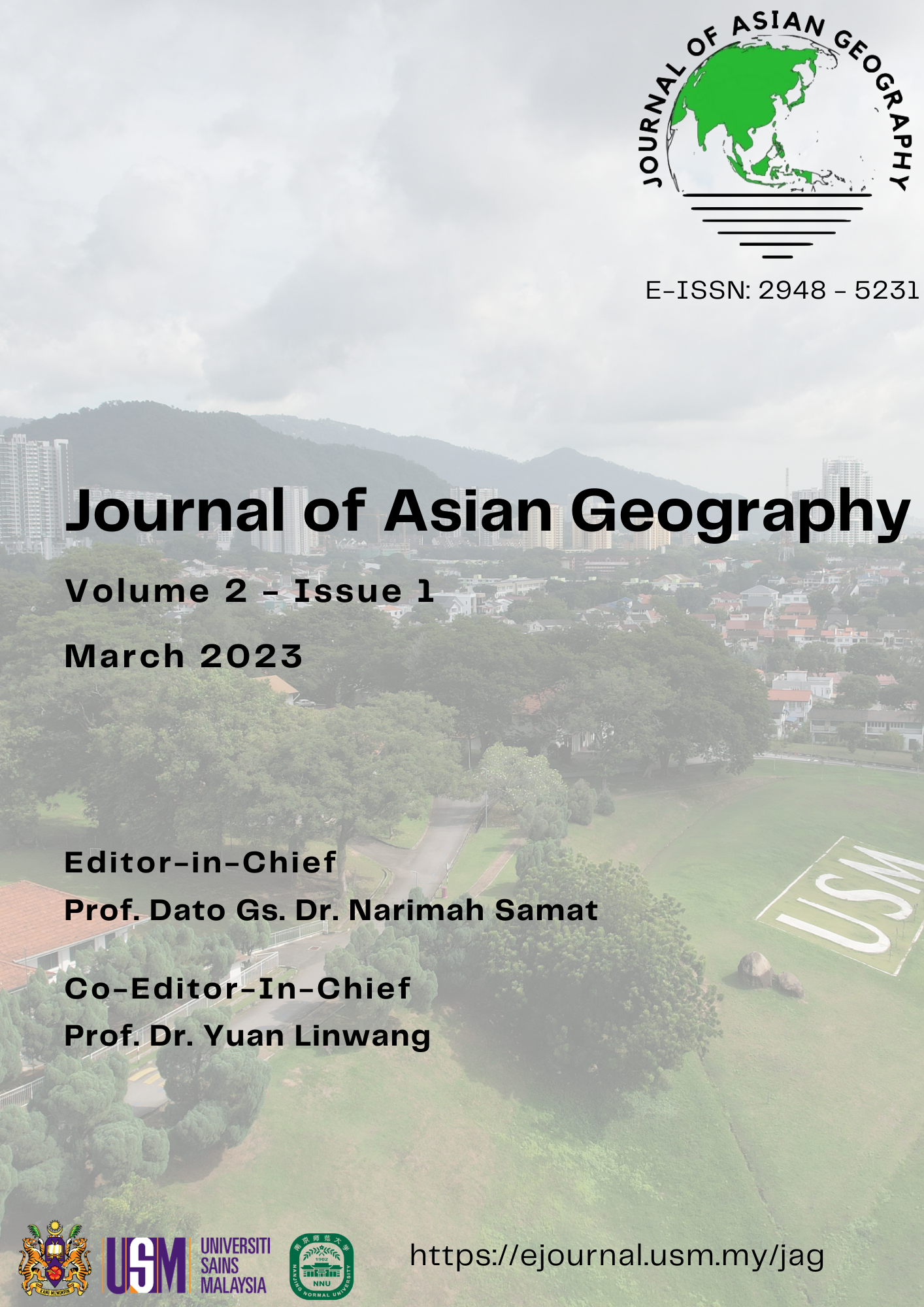The Impact of the New Western Land-Sea Corridor on the Trade Relationship of China and Other Countries Under the Belt and Road Initiative
Abstract
Based on the historical foundation and development process of the Belt and Road, this paper uses trade data from UN Comtrade to describe the structural characteristics of the Belt and Road trade network from 2013 to 2019. The analysis and the division of agglomerative subgroups reveal how the new corridor construction affects the network as a whole. The trade flow of three times nodes in 2013, 2016 and 2019 is displayed visually in Gephi, and the trade relations of countries along the Belt and Road are summarized. It is found that: 1) the overall density of the network is on the rise; 2) the trade network is unbalanced, China is in the absolute core position in the network, and Russia and some ASEAN countries also have high positions; 3) Some countries have broken the shackles of geographical relations and actively participated in world trade. Since besides China, most of the countries that occupy an important position in the Belt and Road trade network are Southeast Asian countries, using the trade data of the foreign trade database of Drcnet to select three indicators: geographic concentration, product concentration, and export technical complexity. Then a multi-dimensional analysis was carried out on the exports of 13 provinces participating in the construction of the New Western Land-sea Corridor to ASEAN. Using the K-means clustering method, 13 provinces were divided into three categories: "single trade object", "high-tech", and "weak response to the New Corridor". From the perspective of cooperation with ASEAN, it will help provinces better participate in the construction of the New Corridor and promote foreign trade exports and put forward relevant development policy recommendations
Downloads
Published
Issue
Section
License
Copyright (c) 2023 Journal of Asian Geography

This work is licensed under a Creative Commons Attribution 4.0 International License.


